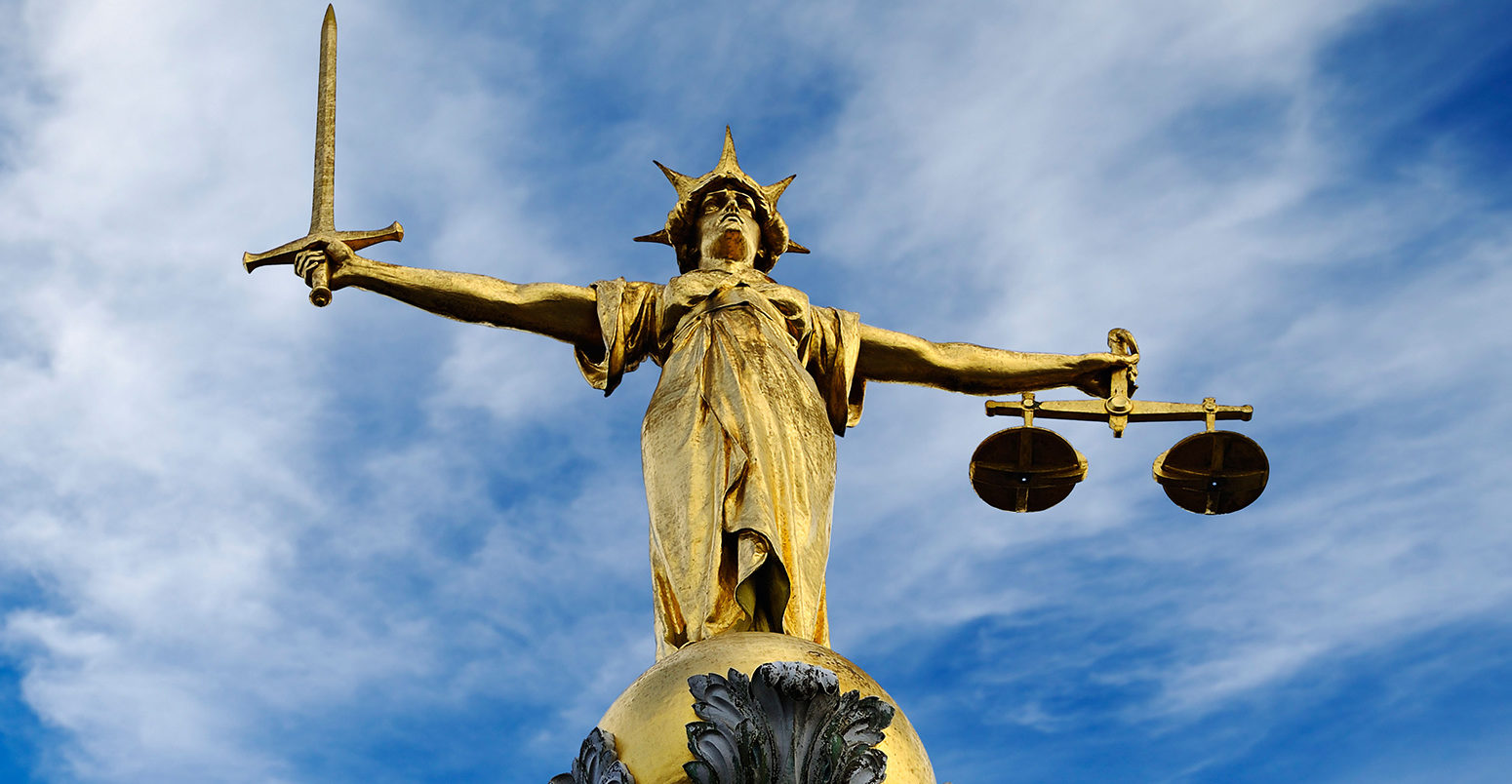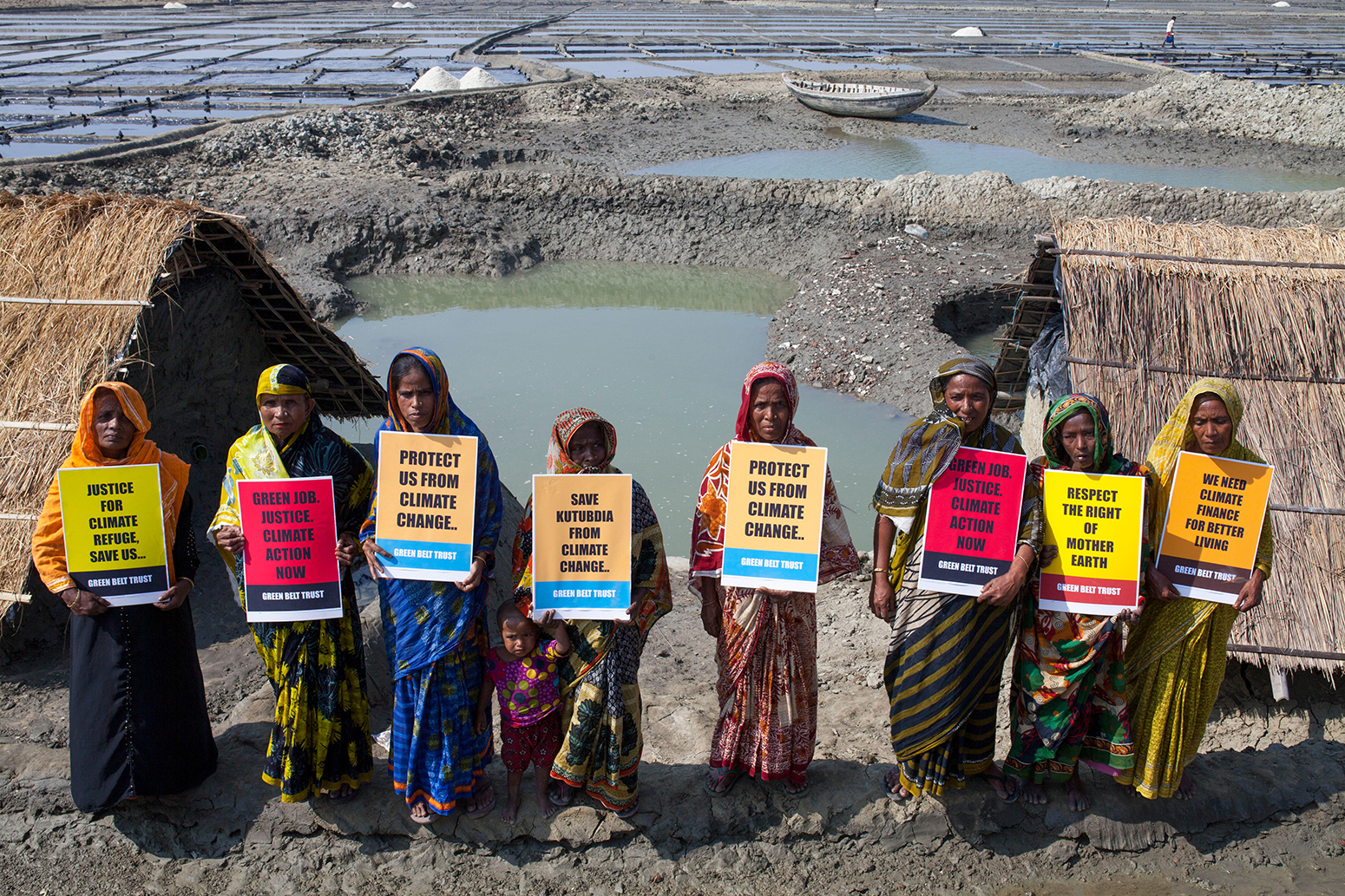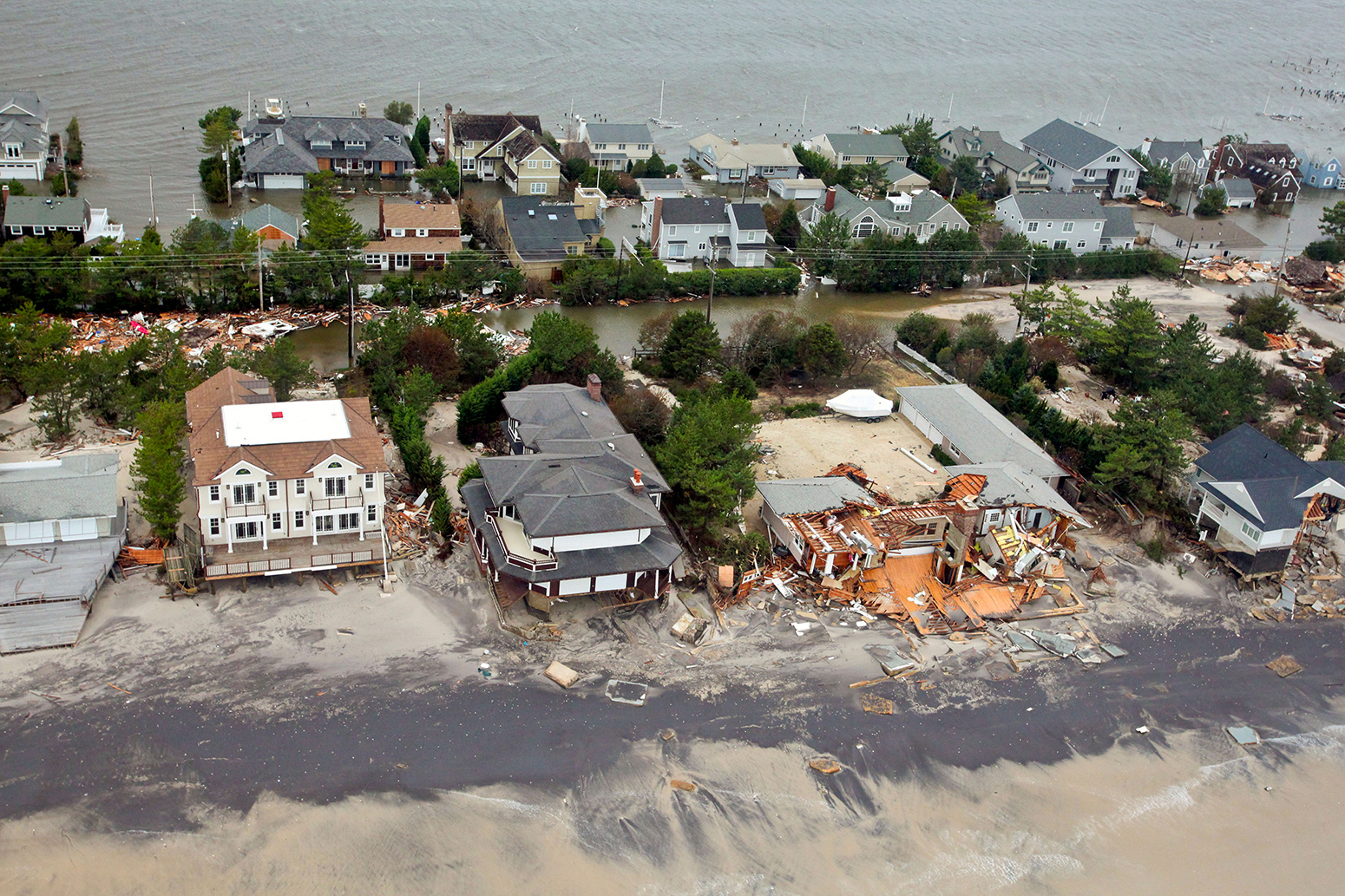
Guest Post: Deploying the science of extreme weather attribution in the courts
Multiple Authors
09.08.17Multiple Authors
08.09.2017 | 12:00pmSophie Marjanac and Lindene Patton are lawyers at ClientEarth in the UK and Earth & Water Law in the US, respectively.
For decades, proving the link between human greenhouse gas emissions and their impact on extreme weather events was thought to be near impossible. Now, scientific advancements in extreme weather event attribution are turning this assumption on its head.
At the same time, courts around the world are increasingly being asked to consider questions of liability arising from a relationship between the loss and damage caused by an extreme weather event and climate change.
From a legal view, the information that attribution studies provide about the increased characteristics of extreme weather events – such as heatwaves, droughts or storms – is crucial. Having the ability to foresee damage is a key requirement in establishing a duty of care in many legal systems.
This breakthrough will galvanise future climate change litigation. Cases are likely to involve local government agencies, professionals or companies that own or manage public and private infrastructure and have a duty of care to manage climate-related risks.
And this fusion of science and the law could spur action from governments and businesses to mitigate greenhouse gas emissions, helping to limit the extent of climate change in future.

Victims of climate change and sea level rise demanding justice for climate refugees during the Global Climate March, in Kutubdia Island, Cox’s Bazaar District in Bangladesh, on 28/11/2015. The place is vulnerable to cyclones and storm surges, which have become more frequent and intense. Credit: zakir hossain chowdhury zakir/Alamy Stock Photo.
Rapidly evolving scientific field
The science of determining the extent to which human-caused climate change has affected the characteristics of an extreme weather event is known as “event attribution”.
Scientists use a methodology to compare observations and records from the “real world” with the “counterfactual world” – a modelled simulation with human-caused forcings, such as greenhouse gases and aerosols, removed.
Since the first attribution study on the 2003 European heatwave, scientists have published more than 140 studies looking at weather events around the world.
The strength of attribution science is based on three “pillars”: the quality of observed records; the ability of models to simulate climate events; and the understanding of physical processes that drive climate events and how these are being affected by climate change.
To date, confidence in studies of extreme heat and cold episodes has been the strongest – though scientists are increasingly able to differentiate between natural and human-caused influences on rainfall extremes and storms as well.
Significant uncertainties do remain, however, and in an inherently chaotic weather system it is technically impossible to state that a specific extreme event would “never” have occurred without human influence. Therefore, scientists reject simplistic statements such as “this event was caused by climate change” and instead express findings in terms of changing risk.
For example, a recent study in Australia found that “in the past, a summer as hot as 2016–17 was a roughly 1-in-500-year event”. It continued: “Today, climate change has increased the odds to roughly 1-in-50 years – a tenfold increase in frequency. In the future, a summer as hot as this past summer in New South Wales is likely to happen roughly once every five years”.
Implications for the law
The fact that the findings of event attribution studies are expressed probabilistically does not diminish the usefulness of this evidence for the law or liability. The law has shown flexibility in assessing harm resulting from “negligence” (a type of legal wrong) where harm can only be proven using probabilistic methods.
For example, courts in the UK have accepted causation for civil cases relating to occupational exposure to toxic chemicals when the science has shown the risk of an event occurring has been increased by a 2:1 chance. This is known as the “doubling of the risk” test. Similar tests have been adopted as part of litigation in the US.
Attribution science is not only beginning to link emissions from human activities to specific physical events happening today, it is also producing clear warnings and evidence about the risks of extreme climate events in the future.
What does this mean for governments and business?
With these scientific breakthroughs, governments and businesses may find that the bar is raised with respect to the expectations of the public and the law.
Some nation states have legal duties to protect the rights of citizens. As our understanding of the future risk from climate change becomes more certain, governments may have corresponding legal duties to adapt physical infrastructure and disaster management plans to protect people and the environment.
Specifically, government or private bodies that own and manage critical public infrastructure – such as ports, roads, airports or even public housing – should be aware of, and adapt to, the expected exposures projected by the best available event attribution science. This is necessary to continue to achieve necessary protective and reliability standards – and maintain related economic stability. Infrastructure may need to be re-designed to ensure it can withstand future climate-related risks, such as heatwaves and floods.
In the US, claims against governments for failing to adapt to climate change could be brought under existing statutory obligations, however, the process is complex. Just as litigation arose after Hurricane Katrina, questions will be asked in the wake of Hurricane Harvey regarding appropriate planning, management and responses to flood risk in Houston.

Aerial views of the damage caused by Hurricane Sandy to the New Jersey coast, 03/10/2012. Credit: US Air Force Photo/Alamy Stock Photo.
Interestingly, the UK Climate Change Act allows the Secretary of State to request adaptation plans from public authorities that show their preparation and planning for the impacts of climate change.
The same liability risk applies to companies, too. A business that designs, constructs or manages public assets also faces future climate-related risk. If architects, engineers or builders use outdated building standards, or if codes are not updated to take into account exposures projected by advances in climate science, these companies and professionals may expose themselves to negligence claims. As has been seen time and again in the US in all manner of litigation, mere compliance with a statute or procurement rule or requirement does not necessarily satisfy professional duty obligations.
More frequent and severe weather events also physically threaten private assets and business revenue and related tax revenues, whether that includes a loss of productivity due to periods of closure, or higher energy costs. Businesses, just like governments, must assess and manage foreseeable climate-related risks.
We expect that attribution science will provide crucial evidence that will help courts determine liability for climate change related harm. But that liability may emerge first from traditional common law negligence causes of action, applied to professionals and parties with unique knowledge and/or duties, rather than from regulatory compliance actions.
Governments and businesses can no longer ignore the risk of extreme events or write them off as “Acts of God”. Instead, quantifying the impact that humans have on climate events could help us mitigate climate risk and adapt for a stable future.
-
Guest Post: Deploying the science of extreme weather attribution in the courts

